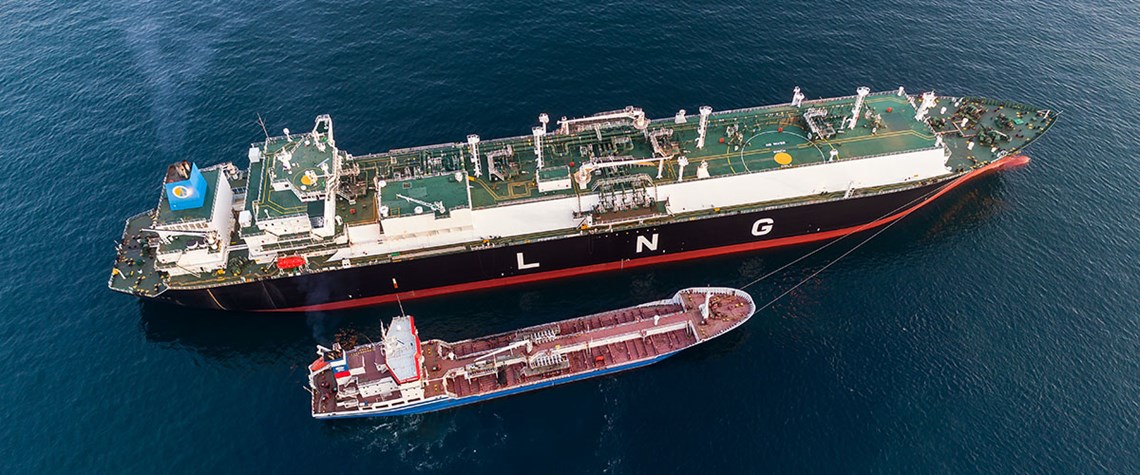Australia all at sea
Australia is positioning itself to dominate liquefied natural gas-fuelled cargo shipping routes into Asia
Initially considered marginal compared to alternative fuels, the use of LNG for shipping is rapidly gaining traction. This is partly because of ground-breaking new vessel designs and competitively-priced LNG. But shippers also have an eye on International Maritime Organisation restrictions on sulphur content in marine fuels which will be capped at 5% from 1 January 2020. The game-changing moment came late last year when leading global shipper CMA CGM announced it would build nine large container ships with a membrane tank design by GTT powered by 300,000 tonnes a year of LNG, which would be supplied by Total. This signalled that the shipping industry was comfortable with the concept of burni

Also in this section
12 December 2025
The latest edition of our annual Outlook publication, titled 'The shape of energy to come: Creating unique pathways and managing shifting alliances', is available now
12 December 2025
The federal government is working with Alberta to improve the country’s access to Asian markets and reduce dependence on the US, but there are challenges to their plans
11 December 2025
The removal of the ban on oil and gas exploration and an overhaul of the system sends all the right messages for energy security, affordability and sustainability
10 December 2025
The economic and environmental cost of the seven-year exploration ban will be felt long after its removal







